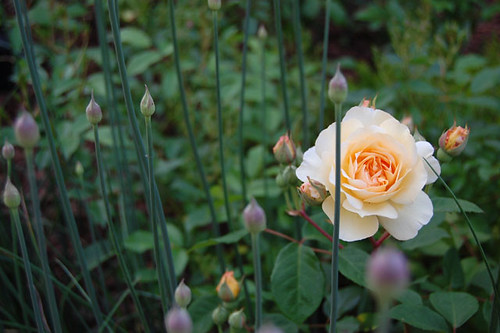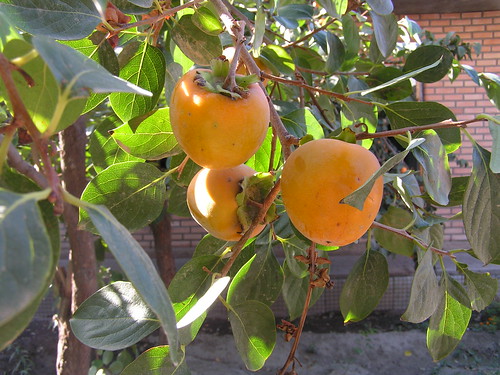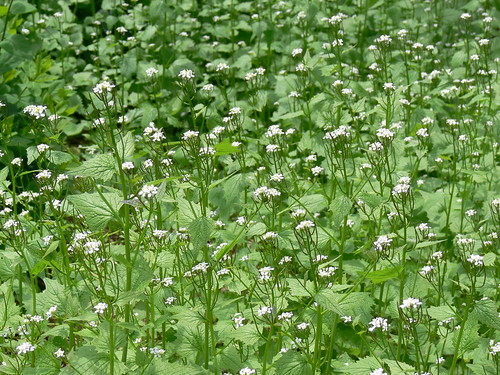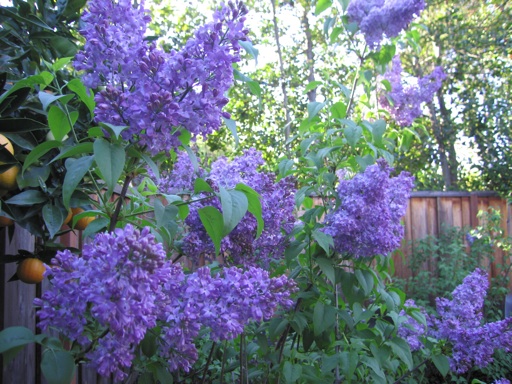This has been a spectacular year for roses. And the roses in my garden are show pieces. These are photos of a few of the showiest roses in bloom right now. I did not take pictures of the miniature roses I have that are filled with flowers and my Fairy rose is still filled with buds. (see here)
My favorite rose is Livin’ Easy an orange – apricot Floribunda rose that has rewarded me each year covered with gorgeous flowers. Next to this rose are two Knock Out Shrub roses that also reward me with prolific flowering. And, very important to me, none of these three roses are difficult to care for and none have had black spot or any other diseases. They do attract Japanese beetles, but seem to have their main show of blooms before the Japanese beetles come out to dine.











